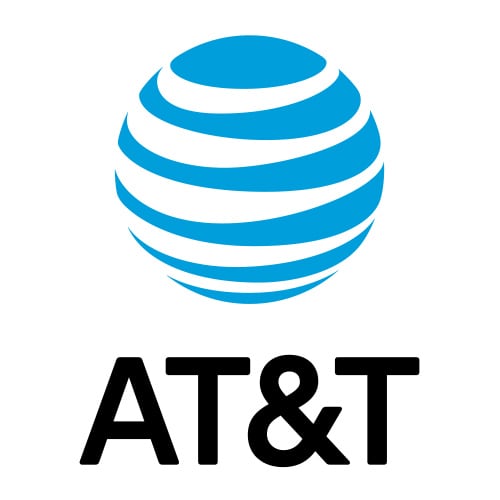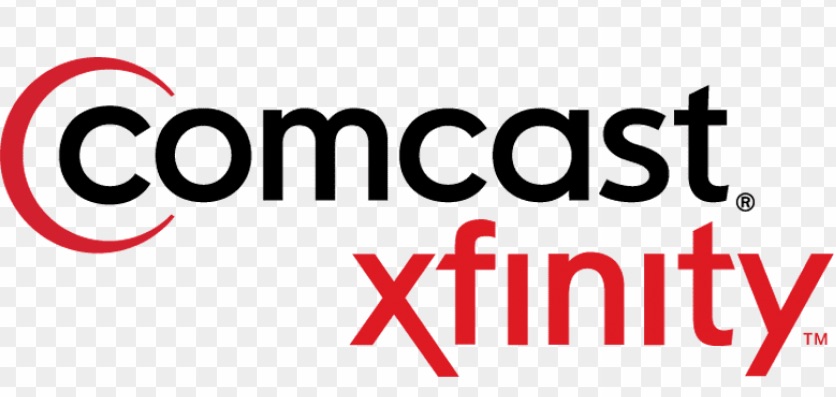
AT&T launched 5G service in 137 more markets around the country this week, and AT&T senior executive vice president John Stephens told shareholders this week that the company will bring 5G nationwide this summer. Their coverage has already increased substantially in 2020, with 120 million people covered with AT&T 5G at the end of the first quarter and 160 million people in 327 after the addition of this week’s 137 launches.
“While many of us have been working from home for the past three months, AT&T’s network team continued to build and test our network so that we could emerge from this season with stronger, broader 5G coverage for our customers across the country,” said Chris Sambar, EVP of Technology Operations. “Whether it’s getting you back to work, back to school, or back to play, we’ve got you covered with the fastest wireless speeds in the nation.”
Below the is full list of new markets launched this week:
Alabama
- Anniston
- Dothan
- Florence
- Gadsden
- Mobile
- Tuscaloosa
Alaska
- Anchorage
Arkansas
- Clay County
- Cleburne County
- Cross County
- Franklin County
- Madison County
- Pope County
California
- Alpine County
- Fresno
- Kings County
- Salinas
- Sierra County
- Stockton
- Visalia-Tulare
Colorado
- Fort Collins-Loveland
- Greeley
Florida
- Calhoun County
- Citrus County
- Collier County
- Fort Myers
- Fort Walton Beach
- Gainesville
- Glades County
- Jefferson County
- Lakeland
- Tallahassee
- Walton County
Georgia
- Atlanta
- Bleckley County
- Early County
- Jasper County
- Warren County
Idaho
- Elmore County
Illinois
- Adams County
- Aurora-Elgin
- Bureau County
- Champaign-Urbana
- Clay County
- Joliet
- Montgomery County
- Springfield
- Vermilion County
Indiana
- Bloomington
- Decatur County
- Huntington County
- Kosciusko County
- Muncie
- Newton County
- Randolph County
- Warren County
Kansas
- Lawrence
Kentucky
- Spencer County
Louisiana
- Baton Rouge
- Caldwell Parish
- Claiborne Parish
- Iberville Parish
- Lafayette
- Monroe
- Morehouse Parish
- St. James Parish
- West Feliciana Parish
Maine
- Portland
Maryland
- Cumberland
- Hagerstown
- Kent County
Michigan
- Alger County
- Allegan County
- Benton Harbor
- Manistee County
- Muskegon
Mississippi
- Jackson
Missouri
- Moniteau County
Nevada
- Lander County
New Mexico
- Lincoln County
- San Juan County
New York
- Chautauqua County
- Elmira
- Jefferson County
- Poughkeepsie
North Carolina
- Anson County
- Hickory
Ohio
- Ashtabula County
- Columbiana County
- Lima
- Mansfield
- Williams County
- Youngstown
Oregon
- Lincoln County
- Medford
- The Dalles
Pennsylvania
- Altoona
- Bedford County
- Bradford County
- Huntingdon County
- Jefferson County
- Lawrence County
- Lebanon County
- Sharon
Rhode Island
- Newport County
South Carolina
- Anderson
- Calhoun County
- Laurens County
- Oconee County
Tennessee
- Chattanooga
- Fayette County
- Giles County
- Maury County
- Memphis
- Nashville
Texas
- Amarillo
- Brownsville
- Bryan-College Station
- Galveston
- Killeen-Temple
- Parmer County
- Runnels County
- Tyler
Utah
- Beaver County
Virginia
- Caroline County
- Danville
Washington
- Okanogan County
- Olympia
- Pacific County
West Virginia
- Charleston
- Grant County
- Huntington-Ashland
- Tucker County
Wisconsin
- Kenosha
- Racine
- Sheboygan
- Wood County



:format(webp)/cdn.vox-cdn.com/uploads/chorus_image/image/66918294/vpavic_200206_3899_0094.0.jpg)




